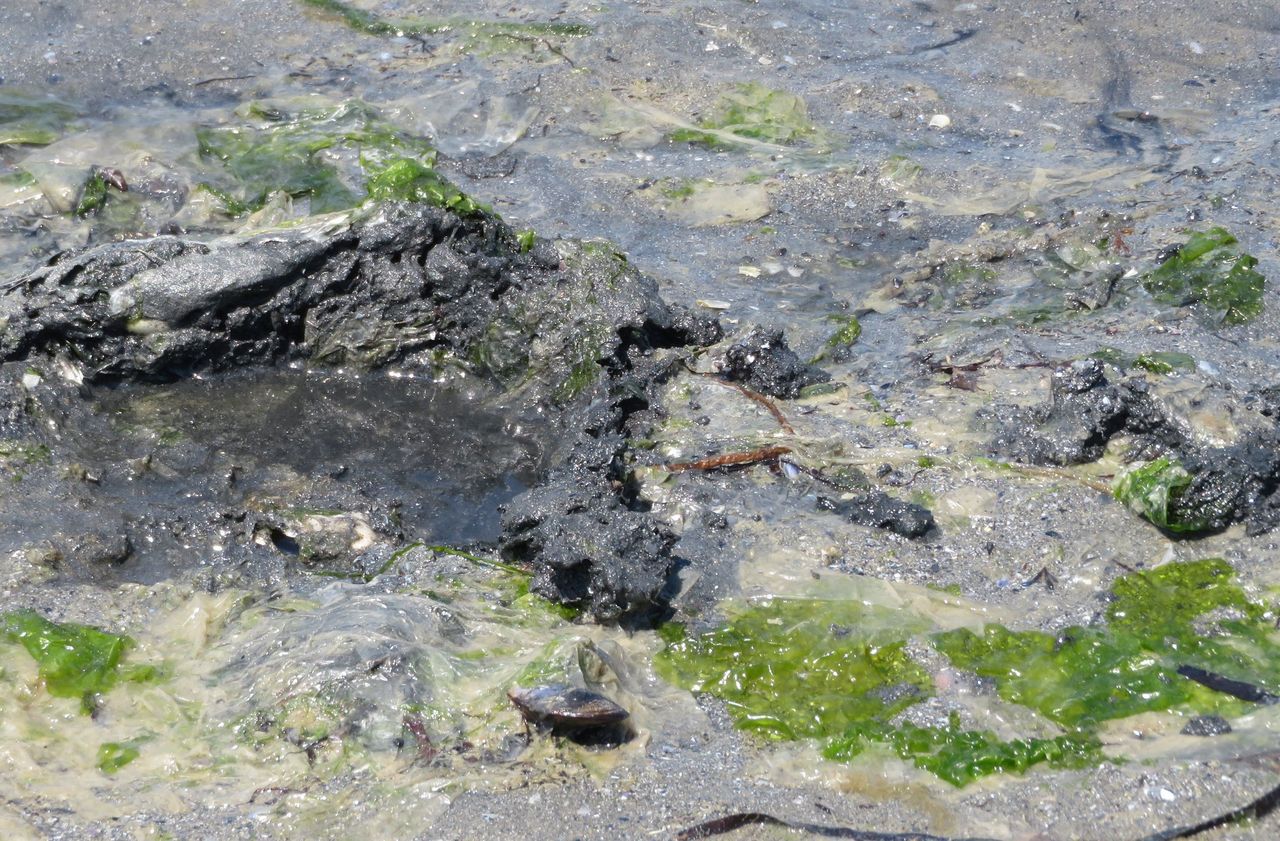The stranding of green algae in spring is "already very important" in the bay of Saint-Brieuc, which concentrates 90% of the surface observed in Brittany, while they are low in the bay of Saint-Michel-en-Grève (Côtes d'Armor), the Brittany prefecture announced on Tuesday.
"According to the first evaluations, the bay of Saint-Brieuc alone concentrates nearly 90% of the surface of stranded algae observed" in Brittany, according to the Center for the study and valuation of algae (Ceva), responsible proliferation monitoring.
"The parameters of winter, marked in particular by a moderate swell and much higher than average sunshine, suggest a very contrasted start to the strandings depending on the coastal sectors," said the press release.
The precocity of strandings 30 to 40% above average
The stranding of green algae depends "on the one hand on the precocity of their proliferation in spring, itself linked to the carryover of the algae stock from the previous autumn", and "on the other hand on the growth of algae. in summer, which depends in particular on nutritional contributions (flow of nitrates) "of agricultural origin," between May and August ", according to the text.
Read also Côtes-d'Armor: the fight of a retiree against green algae
In mid-April, the Ceva draws up three types of situation: deposits "already very important for the period, as in the bay of Saint-Brieuc", a "significant presence of ulves, as in the south of the bay of Douarnenez , in Guissény […] ”, and ulva“ not very present, as in the bay of Saint-Michel en Grève and in the coves of Locquirec and Binic ”.
In sandy bays, "the precocity of strandings would be 30 to 40% higher than the average observed in April from 2002 to 2020, but would remain significantly lower than the years 2019 and 2017, which had been extremely early," said the press release.
In Morbihan, the mudflats of the Gulf of Morbihan and the Ria d'Étel are “already covered with dense deposits”.
A poisonous gas that can be fatal
To assess the stranding area, the Ceva carried out an aerial flight over the Breton coast on April 13 and regularly carries out checks on the ground.
Present in the sea in its natural state, green algae proliferate in an untimely manner when they are particularly nourished by inputs of nitrates spread on the fields and the surpluses of which are transported by coastal rivers.
These algae particularly appreciate shallow sandy bays where the water is insufficiently stirred, as well as the light which promotes photosynthesis.
When they decompose, they emit extremely poisonous gas, which can be fatal.

